________________________________________________________________________________
Ford 1700 Troubleshooting
Ford 1700 Engine Troubleshooting
Engine hard to start or doesn't start: Fuel filter plugged. Filter maintenance required. Air in the fuel pipes. Bleed the fuel pipes. Defective or clogged injection nozzle. Install a new kit of correctly balanced nozzles. Fuel injection pump is faulty. Install a new pump or rebuild.
Engine shuts off while running: Wrong setting of fuel injection pump timing. Adjust the pump as required. Fuel filter plugged. Filter maintenance required. Coolant temperature is low. Warm up engine as required.
Diesel starts and then shuts off: Fuel filter element is clogged. Clean the filter element. Faulty fuel injection pump. Replace or rebuild injection pump. Plugged air filter. Change air filter element.
Engine overheating: Clogged radiator core or leaking radiator cap. Install new cap or clean radiator. Lack of engine coolant. Add coolant fluid to cooling system and also check it for leaks. Broken or loose fan belt. If necessary, replace the belt. Not enough engine oil. Fill up the oil to required level.
Engine lacks power: Fuel injection nozzles are faulty or clogged. Clean or replace injection nozzles. Fuel lines or hoses are clogged. Clean fuel hoses and lines. Clogged air filter element. Service or replace the air filter. Cylinder head gasket is damaged. Install a new gasket.
Engine knocks or noises: Engine is cold. Warm up engine as required. Engine oil insufficient. Fill the crankcase with engine oil. Improper fuel injection timing. Use the correct fuel injection pump timing adjustment. Broken or worn pistons. Have pistons replaced. Connecting rod is not aligned or worn. Connecting rod needs to be replaced or aligned.
Engine stalling at idle: Incorrectly adjusted low idle speed. Adjust low idle speed. The valve clearance is incorrect. Adjust valve clearance. Faulty fuel injection pump. Replacement or repair required.
Low oil pressure: Low crankcase oil level. Checking oil level and add if necessary. Oil pump is damaged. Repair or change. Clogged oil filter element. Service or replace engine oil filter.
Ford 1700 Transmission Troubleshooting
Transmission is excessively noisy: Gears are damaged or backlash is incorrect. Change the gears or set backlash properly. Shift forks are bent or worn out. Replace the shift forks. Shaft splines are worn or damaged. Replace defective shaft. Low oil level. Need to add transmission oil. Worn or broken bearings. Faulty bearings should be replaced. Transmission fluid contamination. Change the fluid.
Difficulty shifting gears: Gear shift linkage is worn or rusty. Lubricate or replace shift linkage. Clutch is faulty or misadjusted. Clutch needs to be replaced or adjusted. Worn or bent gear shift forks. Install new shift forks. Gearshift mechanism malfunction. Identify and replace failed parts.
Low transmission fluid pressure: Transmission fluid insufficient. Checking transmission fluid level and add if necessary. Clogged transmission oil filter element (if fitted). Clean or replace the transmission filter. Relief valve is stuck. Change relief valve.
Transmission oil leaks: Damaged seals or gaskets. Seals and gaskets replacement required. High transmission oil level. Correct the oil level.
Ford 1700 Hydraulics Troubleshooting
Hydraulic system is overheated: Incorrect type of hydraulic fluid. Use the correct type of fluid. Contaminated hydraulic fluid. Change hydraulic fluid. There is air in the hydraulic system. Bleed hydraulic system. Main relief valve is defective. Change relief valve.
Hydraulic fluid pressure is low: Low hydraulic oil level. Checking hydraulic oil level and add if necessary. Clogged hydraulic oil filter. Replace hydraulic filter element or service if necessary. Leaks in hydraulic pipes. Inspect hydraulic system for leaks and repair it. Hydraulic control valve is out of adjustment. Need to make adjustment. Faulty hydraulic pump. Install a new hydraulic fluid pump. Hydraulic cylinder is defective. Repair or replace hydraulic cylinder.
Hitch does not raise or raises very slowly: Hydraulic pump failure. Change or repair hydraulic oil pump. Faulty main relief valve. Install a new relief valve. Damaged hydraulic control valve. Repair or replace the valve. Faulty hydraulic cylinder. Install a new hydraulic cylinder or repair it. Low hydraulic oil level. Need to add oil. Hydraulic oil filter is clogged. Clean the hydraulic filter element or replace if necessary. Excessive loading on the hitch. The load should be reduced.
Hitch won't drop or drops slowly: Faulty hydraulic cylinder. Replace or repair hydraulic cylinder. Hydraulic control valve block is not set properly. Use the proper setting. Worn hitch rock shaft. Change the shaft. Misadjusted hitch. Adjust the 3-point hitch.
3-point hitch jerks when lower or lift: Hydraulic oil is contaminated. Fill up with fresh hydraulic oil. Faulty hydraulic pump. Replace or repair hydraulic oil pump. Air in hydraulic system. Bleed air from hydraulic system. Hydraulic spool valve is damaged. Repair or change hydraulic valve. Hydraulic cylinder is defective. Repair or change hydraulic cylinder.
Ford 1700 Steering Troubleshooting
Excessive steering wheel play: Worn steering column shaft or coupling. Change faulty part. Steering pump is worn. Repair or change steering pump. Steering linkage joints are worn or loose. Replace or repair steering linkage. Worn or damaged steering control valve. Change or repair steering control valve if required. Steering gear box components are faulty. Repair power steering gearbox.
Steering wheel is hard to turn: Air in steering hydraulic system. Bleed air. Clogged steering filter. Clean steering filter element. Steering fluid level low. Checking steering fluid level and add it if necessary. Steering control valve has malfunction or wear. Change or repair steering control valve if required. Steering gear box parts are worn. Defective power steering box components must be replaced. Defective hydraulic steering pump. Repair or replace steering pump. Damaged or stuck steering pump control valve. Clean or replace control valve. Improperly mounted or worn steering column. Mount the steering column as required or change it. Front tyres wear unevenly. Change the tyres. Improper toe-in. Adjust toe-in wheels. Leaking steering cylinder. Change worn piston rod or damaged cylinder seals.
Front wheels wander to right or left: Steering gearbox components are worn. Repair power steering box. Faulty or worn steering control valve. Change or repair steering control valve if required. Steering cylinder malfunction. Repair or replace hydraulic steering cylinder. Not adjusted toe-in. Check toe-in and correct. Steering linkage assembly is worn or loose. Check and replace as required. Front wheel bearings are damaged or incorrectly adjusted. Adjust correctly or replace bearings. Tire pressure is uneven. Adjust the tire pressure.
Ford 1700 Electrical Troubleshooting
Battery cannot be charged: Electrical wire connections are loose or corroded. Clean or tighten wiring connections. Battery terminal connectors are faulty. Replace terminal connectors. Battery is worn. Use a new battery. Belt is damaged or loose. Change belt or adjust belt tension.
Starter turning slow: Low battery voltage. Charge the battery. Battery will not hold charge. Service battery or replace it. Disconnected wiring or bad battery terminals. Check battery wires and service or replace terminals.
Starter motor won't turn: Battery is low or faulty. Replace or charge as required. Wiring is improperly connected or disconnected. Check wiring and connect properly. Battery power is low. Battery is drained, charge it. Starter motor is damaged. Starter needs to be changed.
________________________________________________________________________________
________________________________________________________________________________
________________________________________________________________________________________
| FORD TRACTORS SPECIFICATIONS |
________________________________________________________________________________________
________________________________________________________________________________________
________________________________________________________________________________________
________________________________________________________________________________________
________________________________________________________________________________________
________________________________________________________________________________________
________________________________________________________________________________________
________________________________________________________________________________________
| FORD FRONT END LOADERS SPECIFICATIONS |
________________________________________________________________________________________
________________________________________________________________________________________
________________________________________________________________________________________
________________________________________________________________________________________
| FORD TRACTORS TROUBLESHOOTING | ||||
| 1710 | 1900 | 2120 | 2600 | 3600 |
| 3930 | 4100 | 4630 | 5600 | 5640 |
| 6410 | 6610 | 6640 | 6710 | 6810 |
| 7610 | 7740 | 7810 | 8210 | 8240 |
| 8630 | 8830 | 8770 | TW30 | TW35 |
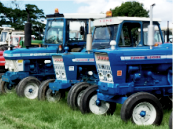 FARM TRACTORS
FARM TRACTORS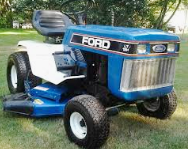 LAWN TRACTORS
LAWN TRACTORS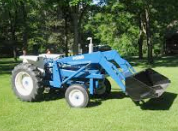 LOADERS
LOADERS PROBLEMS
PROBLEMS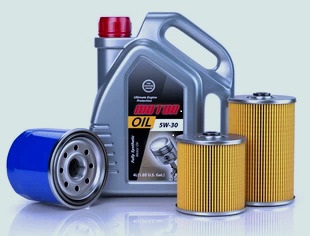 MAINTENANCE
MAINTENANCE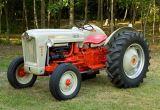 640
640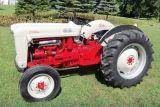 850
850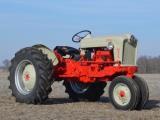 950
950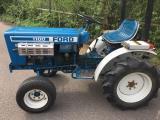 1100
1100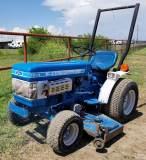 1210
1210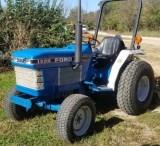 1320
1320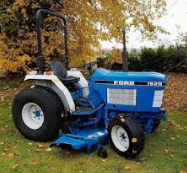 1520
1520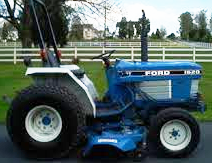 1620
1620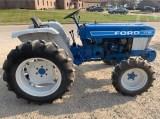 1710
1710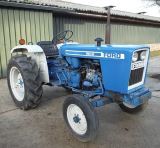 1900
1900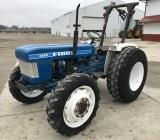 1910
1910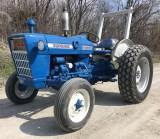 2000
2000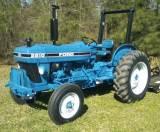 2810
2810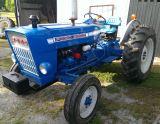 3000
3000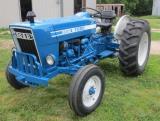 3600
3600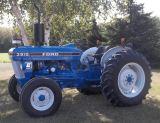 3910
3910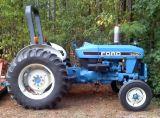 3930
3930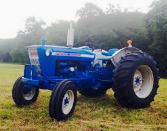 4000
4000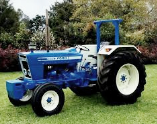 4600
4600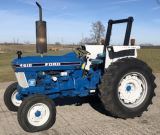 4610
4610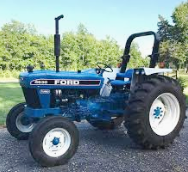 4630
4630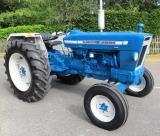 5000
5000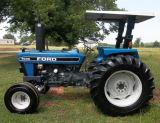 5030
5030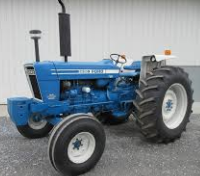 5600
5600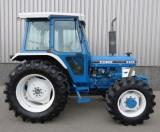 5610
5610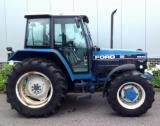 5640
5640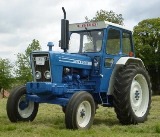 6600
6600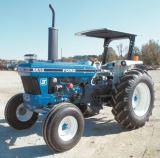 6610
6610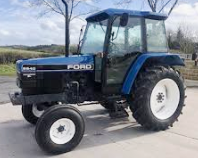 6640
6640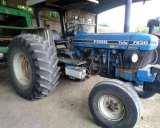 7630
7630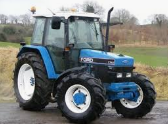 7740
7740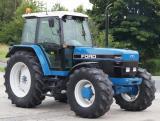 7840
7840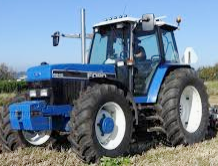 8240
8240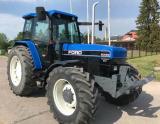 8340
8340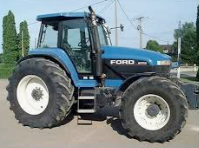 8770
8770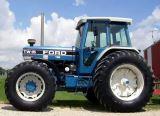 TW-15
TW-15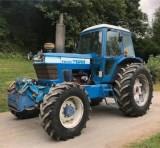 TW-20
TW-20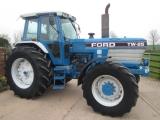 TW-25
TW-25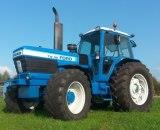 TW-30
TW-30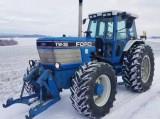 TW-35
TW-35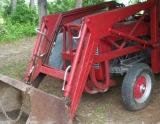 19-97 (703)
19-97 (703) 730
730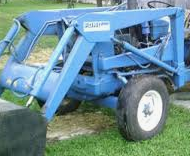 735
735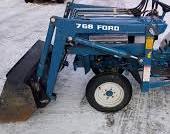 768
768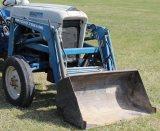 768A
768A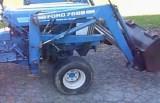 768B
768B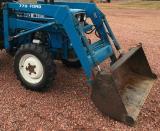 770
770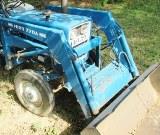 770A
770A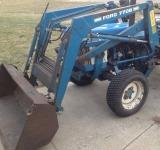 770B
770B 771
771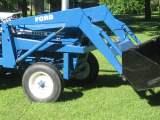 772
772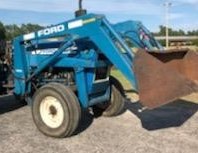 772A
772A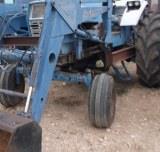 773
773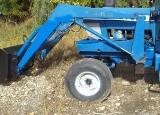 774
774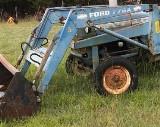 776A
776A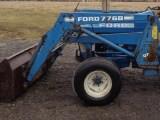 776B
776B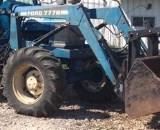 777B
777B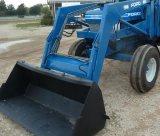 777D
777D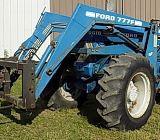 777F
777F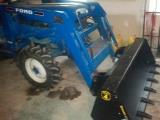 7308
7308